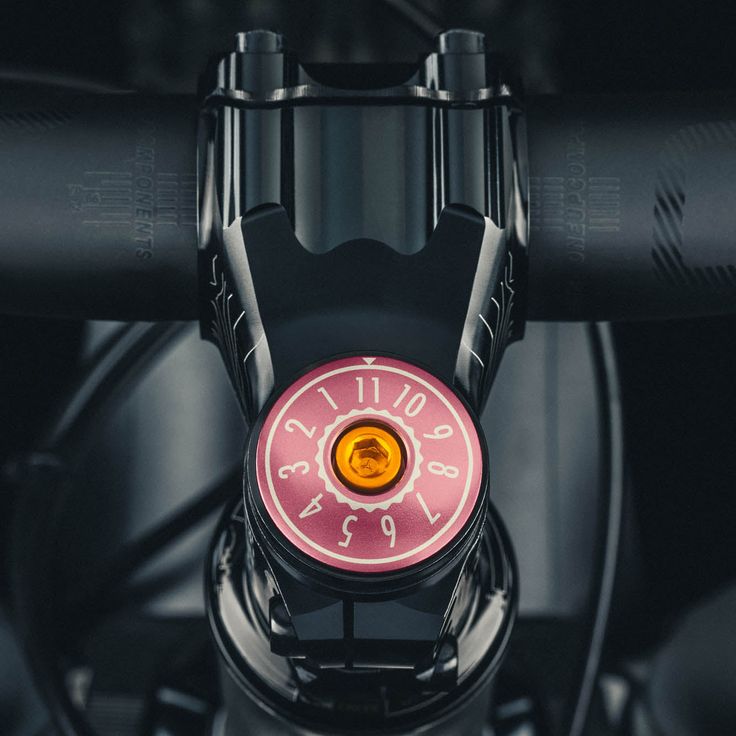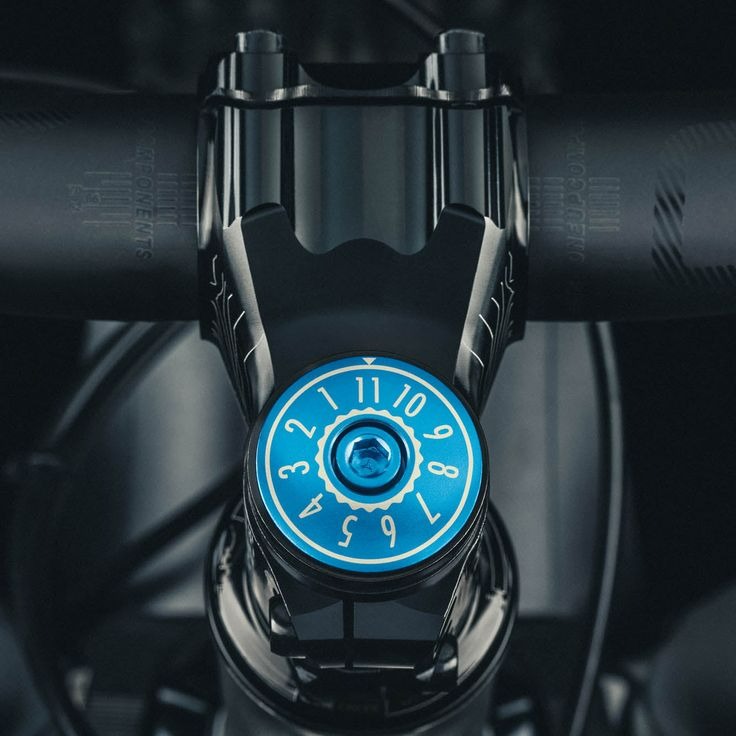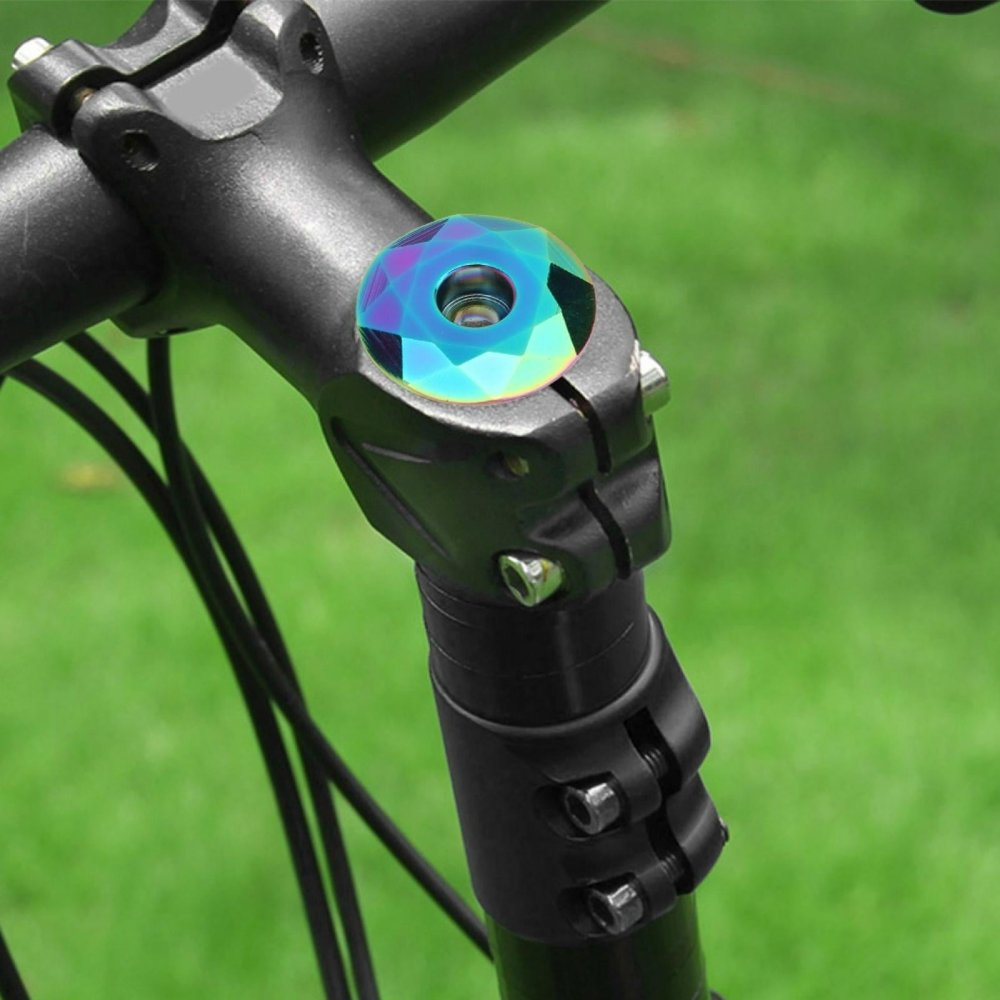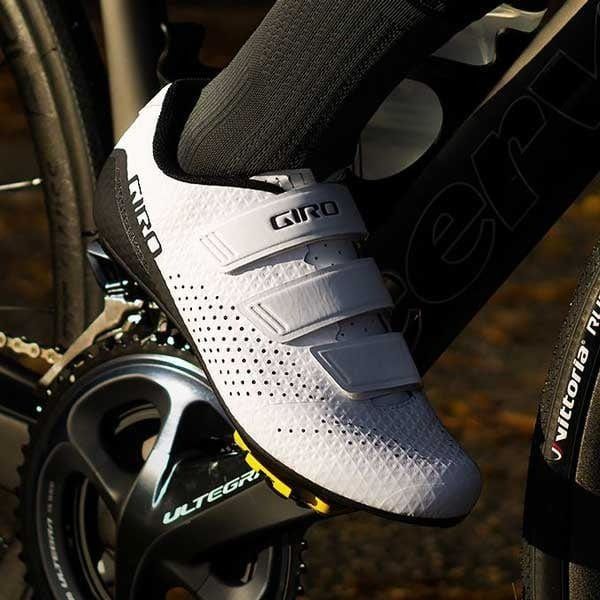Introduction to Bicycle Headsets
Bicycle headsets are a key component of your bike. They let the fork steer within the frame. A good headset can transform your riding experience. It keeps the handlebars turning smoothly with control. If you’re new to cycling, understanding headsets is crucial.
Bicycle headsets come in various types and styles. Each serves a different rider’s need. They may look small, but they have a big job. They support your bike’s front end and absorb shock. Think of them as the bike’s steering bearings.
When choosing a headset, look for quality and compatibility. Not all headsets fit all bikes. Size, type, and materials matter. A wrong choice can hurt performance and safety.
Now, let’s dive deeper into the types of bicycle headsets available. This knowledge will guide you in making an informed decision. Whether it’s for repair or an upgrade, choosing the right headset is vital.

Types of Bicycle Headsets
Navigating the world of bicycle headsets can be complex, but knowing the different types is essential for any bike owner. Here we explore the main types of headsets you might encounter.
Threaded Headsets
Threaded headsets are the traditional choice. They’ve been in use for many years. A threaded headset screws onto the fork’s threaded steerer tube. Usually, it requires two lock nuts for security. Bikers who prefer a classic look and feel tend to choose threaded headsets. They demand a wrench for adjustments, which adds to their traditional appeal.
Threadless Headsets
Threadless headsets are a modern standard. They differ from threaded ones as they clamp onto the fork’s steerer tube. This calls for a stem that mounts on top and provides tension. Threadless headsets offer easy adjustability and they’ve gained popularity for their simplicity. The installation and maintenance of threadless headsets are straightforward, which is perfect for beginners.
Integrated Headsets
Integrated headsets are sleek and minimal. They have bearings that rest directly inside the frame, eliminating the need for cups. This design makes them lightweight and easy to handle. Their integrated nature saves weight and simplifies the bike’s lines. Installation is hassle-free, but compatibility with your bike frame is key.
Semi-Integrated (Inset) Headsets
Semi-integrated or inset headsets are a mix of traditional and integrated styles. They have press-in cups that the bearings sit in, but don’t stick out of the frame. This setup offers a lower profile compared to external cup headsets. It’s best to check your bike’s specifications when considering semi-integrated headsets, as sizing is critical.
Each type of bicycle headset serves a particular purpose and suits different preferences. Weigh your options and ensure compatibility with your bike for the best outcome.
Key Features to Consider
When choosing bicycle headsets, several key features matter. These ensure that you get a headset that performs well and lasts long. Understanding these features helps you make a more educated choice.
Headset Material
Bicycle headsets come in a range of materials. Each material affects the headset’s durability, weight, and cost. Common materials include steel, aluminum, and carbon fiber. Steel headsets are strong and budget-friendly but are the heaviest. Aluminum offers a good balance of weight and strength. Carbon fiber is the lightest option but also the most expensive. Choose a material that matches your riding style and budget.
Bearing Type
Bearings are vital in allowing smooth steering. There are two primary types of bearings in bicycle headsets: ball or cartridge. Ball bearings are a set of loose balls held in a race. They are cheaper but require more maintenance. Cartridge bearings are sealed units. They keep out dirt and are lower maintenance than ball bearings. They are more costly upfront, but they typically have a longer lifespan.
Sizing and Compatibility
Getting the right size is crucial for headset compatibility. A poorly sized headset can lead to poor bike handling. Check your bike’s specifications for the right size. Ensure the headset matches the diameter of your fork’s steerer tube. Also, confirm it fits the frame’s head tube. A mismatch can cause damage to both the headset and the frame.

How to Measure for a Headset Replacement
Measuring for a headset replacement is crucial to ensure a perfect fit. A mismatched headset can affect bike handling and cause damage. So, follow these steps to measure accurately:
Gather Your Tools
Start with the right tools. You will need a vernier caliper for precise measurements. A ruler can also work, but it’s less accurate.
Measure the Steerer Tube
First, measure the outer diameter of your fork’s steerer tube. This is the tube that slides into the bike’s frame. Note down the measurement.
Measure the Head Tube
Next, measure the inner diameter of the head tube on your bike’s frame. This is where the headset sits. Make sure to measure the width at both the top and bottom, as sizes can vary.
Check Stack Height
Do not forget stack height. This is the space the headset occupies on the steerer tube. Measure from the top of the head tube to where the stem starts.
Record All Measurements
Keep all measurements in a note. Double-check each to avoid mistakes. You will compare these numbers to potential replacement headsets.
By measuring correctly, you’ll have a better chance of selecting a headset that fits your bicycle seamlessly. Remember, when in doubt, consult with a professional to avoid costly errors.
Installation Tips for Bicycle Headsets
Once you’ve selected the right bicycle headset, the next step is installation. Proper installation is crucial for headset performance and safety. Here are some simple tips to guide you through the process.
Gather Necessary Tools
Before beginning, assemble all tools you’ll need. Generally, these include Allen wrenches, a headset press for non-integrated types, and some grease.
Prepare the Frame
Clean the head tube thoroughly. Any dirt or debris can affect the fitting. If installing a press-fit headset, ensure the head tube is free from burrs.
Grease the Bearings
Apply a light layer of grease to the bearings. This helps protect against corrosion and ensures smoother movement.
Press or Place the Cups
For non-integrated headsets, carefully press the cups into the frame. For integrated ones, simply place the bearings in the frame’s built-in cups.
Install the Fork
Slide the fork’s steerer tube into the head tube. Align it with the bearings and cups.

Add Spacers and Stem
Arrange any necessary spacers onto the steerer tube. Then, attach the stem if you have a threadless headset.
Adjust and Tighten
For threadless headsets, adjust the tension so the steerer tube moves smoothly with no play. Tighten the stem bolts evenly.
Double-Check Everything
After assembly, double-check all parts for secure fitting. A test ride in a safe area can help you feel for any looseness or misalignment.
Remember, if you’re not confident in your ability to install the headset properly, it’s best to consult with a professional mechanic. The precision required for a safe and effective installation is paramount, and it’s worth getting expert assistance to ensure your bicycle headsets are correctly installed.
Maintenance and Care for Longevity
Maintaining your bicycle headset is critical for long-term performance. Here are steps for upkeep and care.
Regular Cleaning
Clean your headset regularly. Remove dirt and grime after rides. This reduces wear on bearings.
Check for Wear
Inspect your headset often for signs of wear. Look for notches or roughness when turning.
Lubrication is Key
Apply quality grease to bearings and moving parts. Do this annually as a routine.
Tightness Inspection
Ensure all parts are tight. Loose components can cause damage and affect your ride.
Storage Tips
Store your bike in a dry, clean space. Moisture and dirt corrode headsets quickly.
Through consistent maintenance, you extend the life of bicycle headsets. Proper care helps prevent costly repairs and guarantees a smooth ride. Remember these tips to maintain your headset’s condition.
Top Brands and Recommendations
When selecting bicycle headsets, opting for reliable brands is wise. Quality brands offer durability, performance, and good customer support. In this part of the guide, we recommend top brands and models for every cycling enthusiast.
Chris King
Chris King headsets are synonymous with quality and longevity. They offer exceptional smoothness in steering. Handcrafted and designed to last, they make for a worthy investment.
Cane Creek
Cane Creek is known for innovation in the bicycle industry. Their headsets are highly regarded for comfort and functionality. The ‘110-series’ is popular for its reliability.
FSA
Full Speed Ahead (FSA) headsets come with cutting-edge design. They’re a favorite among racers for their lightweight and strength. The ‘Orbit’ series performs well under pressure.
Hope
Hope Technology stands out for its precision-engineered headsets. They’re user-friendly and come in various colors, which appeals to those who value aesthetics.
Shimano
Shimano offers highly compatible and accessible headsets. Known for their smooth bearings, they’re a great option for regular cyclists.
When shopping for bicycle headsets, check user reviews and ratings. Stick to known brands that align with your biking needs. Keep in mind your bike’s specifications for compatibility. If unsure, consult with your local bike shop or a professional mechanic. They can offer guidance based on your riding style and the type of bike you have. Remember, the right headset contributes to a safe and enjoyable cycling experience.

